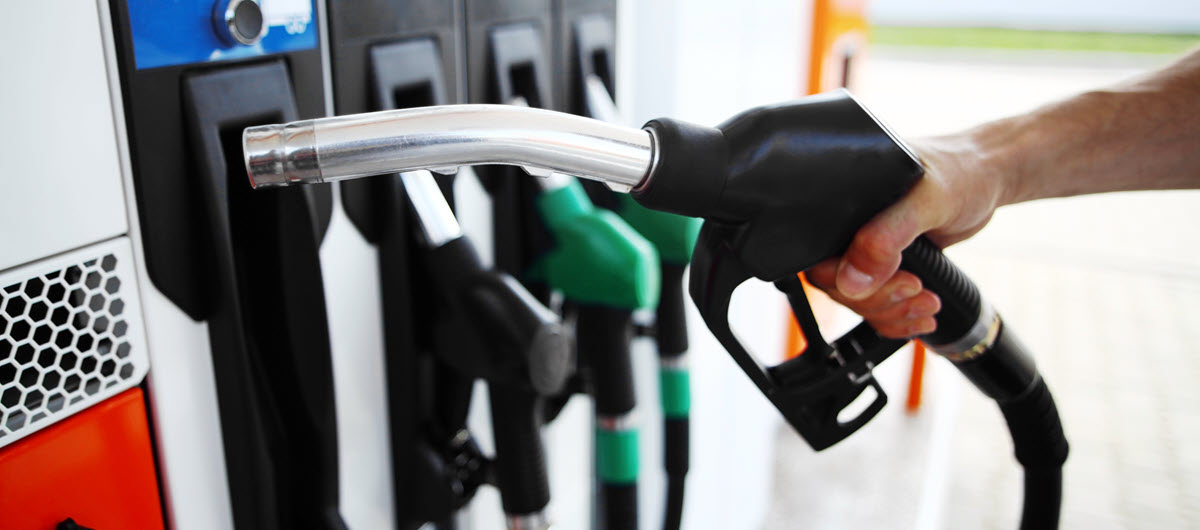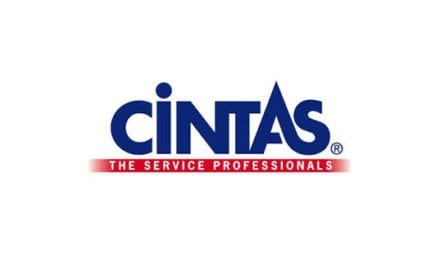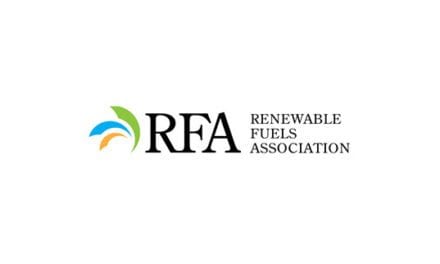Wetstock management can help detect fuel flow issues.
By Tony Caputo
One of the top customer complaints regarding the c-store fueling experience is slow-flowing fuel dispensers.
Making use of a robust wetstock management program can remove some unknowns from your business and help you better detect and react to slowing dispenser flow rates.
Extreme weather will often spark flow-rate problems, just as your customers are standing outside in unforgiving temperatures. Also, when customers are in a hurry (and who isn’t these days), they will immediately notice underperforming fuel dispensers.
The risk with slow-flowing lanes is that the customer may not come back to your business. While the average transaction for a gas customer is 10 gallons, a slow-flowing truck diesel lane can cost you a 200-gallon sale. No customer is in a bigger hurry than a delivery driver! Over time, a single bad experience can cost you thousands of dollars in lost profit.
Some causes of slowing dispenser flow can be clogging fuel filters, defective nozzles, tripped line leak detectors, water or sediment in the fuel and the performance of the tank motor (commonly referred to as an STP or submersible).
Complex motor arrangements, manifolded tanks, or a lack of proper maintenance can also make detection and correction even more challenging. That is where a robust wetstock management application can help.
Here are some steps that you can take to maximize flow rate and keep your customers happy.
Conduct Frequent Dispenser Flow Tests or Track Automatically
There are many ways to test flow rate, either manually or through electronic means. Flow rate tests are often performed by third-party technicians when the location is not very busy. Other operators may ask their store managers to use stopwatches to time customer transactions … not an exact science and prone to error, inaccuracy or paper whipping.
Wetstock management programs can help you take a more proactive approach to this science. These systems can help to identify declining flow rates before they become noticeable to the customer and to target the specific dispensers in need of investigation and maintenance. Often, when manual processes are used, the first reaction is to change the fuel filters at every dispenser for a certain grade. This is often not necessary and is costly to your operation. With a wetstock management program that can target dispensers of concern, money and time can be saved by only changing the dispensers suffering from slow flow.
Keep Records of Dispenser Flow Rates
Without a wetstock management program in place, it is very challenging for maintenance personnel to track and keep up with dispenser flow rates. The collection of flow rates may happen only during periodic maintenance visits or annual meter calibration checks.
The recording of flow rates may be paper-based and difficult to read on the reports. Plus, the flow rates captured are based on one point in time. With the use of a wetstock management program, the collection of flow rates is constant. They can be tracked over time and reported upon via an online dashboard or other reporting tools. Many solution providers will also track flow rates over time and provide trend reports. This can help maintenance personnel detect anomalies outside of clogged fuel filters, leading to better detection of STP performance or tank contamination.
The optimal way to detect slowing flow at the dispenser is through a wetstock diagnostic application where data is collected over time on dozens or hundreds of transactions and curated to remove unusual transactions. Curation of the data is a must for accurate flow rate detection, as unusual transactions can occur at any time. There are many solution providers on the market for such technology, providing you with accurate average- and max-flow rates by dispensing point.
Watch for Underperforming Submersibles or Tank Manifolds
The most serious and costly issue with slowing flow is when it is related to underground submersible pumps or defective tank manifolding. Usually, all other causes of slow flow are investigated before addressing these more serious issues, taking up precious time and running up your maintenance costs.
Only a well-trained technician can address these issues. However, the use of wetstock monitoring applications may provide you with additional troubleshooting tools, and in some cases, help desk assistance.
In summary, there are many ways to take a proactive approach to flow-rate monitoring. Fuel operators should have processes in place for the detection of flow rates and timelines for when filters and underground equipment need to be inspected and repaired. Any regular process where you remove the customer from the equation can result in quicker recognition of the issues at hand and proactive repair. Whether you use manual reporting processes or use an electronic monitoring solution, have the right protocols in place to expedite flow rate issues at your fuel lanes.
 Tony Caputo is the director of business development for Warren Rogers. Founded in 1979 by Dr. Warren Rogers, Warren Rogers Associates pioneered the development of statistical inventory reconciliation analysis (SIRA) and invented continual reconciliation analysis (CR).
Tony Caputo is the director of business development for Warren Rogers. Founded in 1979 by Dr. Warren Rogers, Warren Rogers Associates pioneered the development of statistical inventory reconciliation analysis (SIRA) and invented continual reconciliation analysis (CR).









